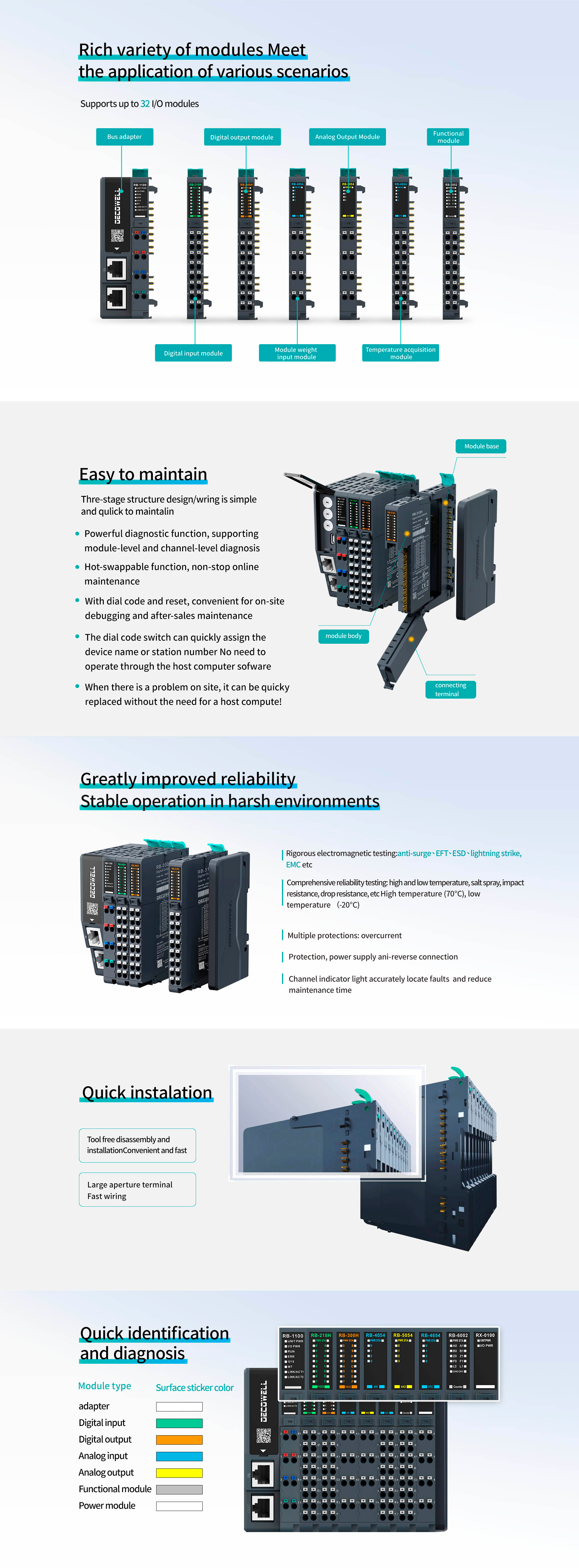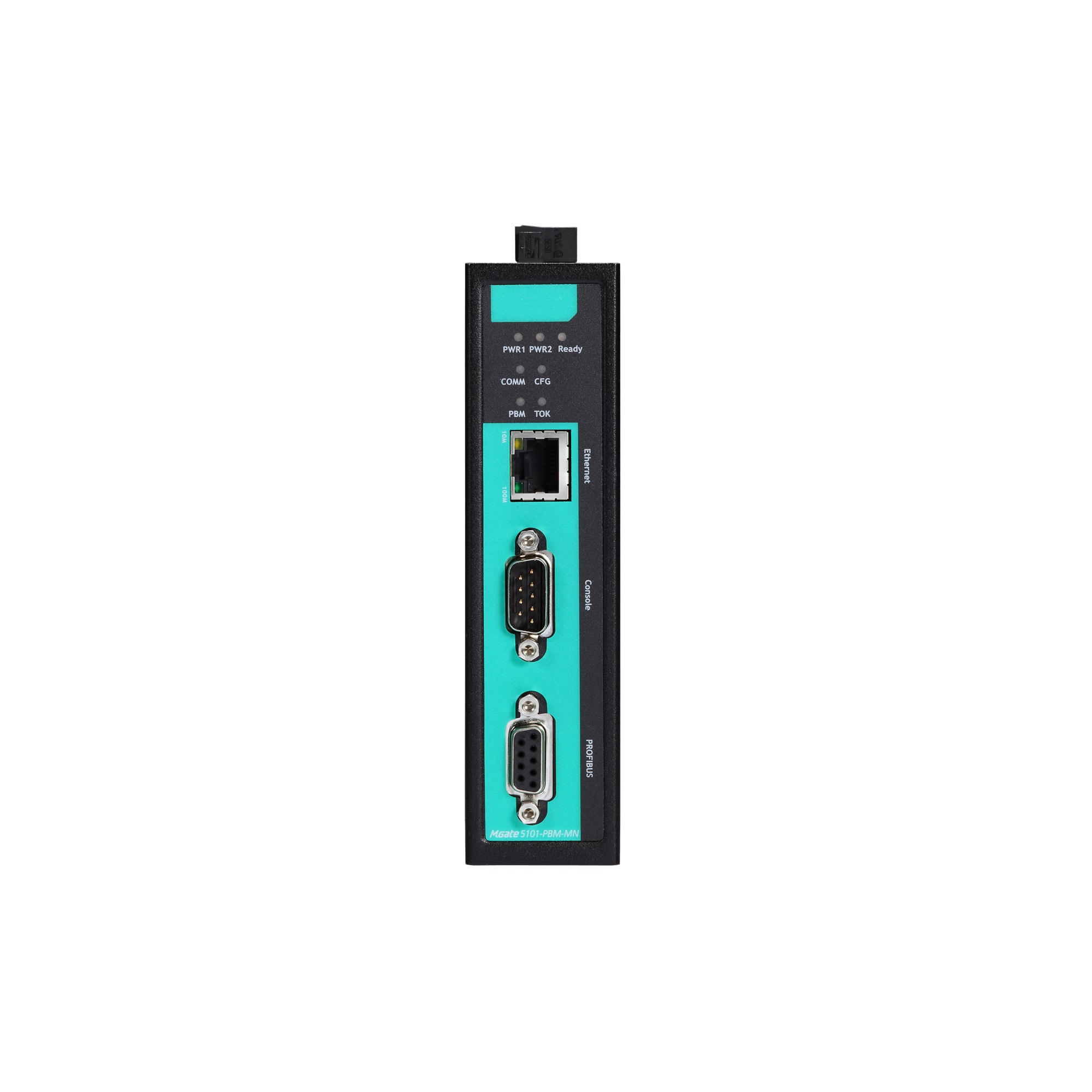Introduction: The Persistent Challenge in Electronics Design
In today’s rapidly advancing technological landscape, designers face myriad challenges, particularly when integrating diverse input and output devices into a unified system. This complexity often arises from the limitations of traditional circuit designs, fraught with issues like pin limitations and inefficient resource management. Enter the io expander—a crucial component that offers a pathway to enhanced functionality. As we navigate through the pressing need for streamlined communication between multiple devices, one must ponder: how can we mitigate failures in device interfacing while maximizing potential? The introduction of io expanders into design architecture is paving new avenues for improvement.

Traditional Solutions: Addressing the Flaws in Circuit Design
Historically, designers utilized direct microcontroller connections for I/O management, leading to pin scarcity and bottlenecks in data transfer. Such approaches often resulted in complicated layouts and increased costs due to the complexity of circuit design. Why do failures always occur during high-demand operations? The answer often lies within these archaic methods—limited scalability and inefficient use of existing resources diminish performance. Additionally, reliance on outdated components has stifled innovation, prompting a critical reassessment of the technology used in contemporary electronics.
New Principles in Technology: The Emergence of IO Expanders
The evolution of electronics has ushered in innovative solutions like the io expander, which works by expanding the I/O capabilities of microcontrollers without overwhelming their processing power. This technology employs serial communication protocols, such as I2C or SPI, significantly optimizing data handling. Look, it’s simpler than you think! Rather than grappling with an overwhelming number of connections, designers can deploy these expanders to enhance performance while simplifying circuit layouts. This not only increases design efficiency but also facilitates scalability as system requirements evolve.
Quantified User Benefits: The Edge of IO Expanders
Quantifying the advantages of using io expanders leads to compelling insights. By significantly reducing the number of physical connections required, designers can achieve savings in both space and material costs. Furthermore, the reduced complexity of layout design can lead to shorter development cycles—an essential aspect in today’s competitive environment. For instance, many users report a decrease in labor costs and errors during the prototyping phase. Therefore, the integration of io expanders can propel developers toward achieving faster deployments with greater reliability, thus refining user experiences.
Conclusion: Evaluating Your Options
When choosing electronic solutions, it is imperative to evaluate criteria that will guide your decisions. Always verify these 3 metrics when selecting solutions: ① compatibility with existing systems, ② scalability for future needs, and ③ cost-effectiveness over time. Making an informed choice regarding the adoption of technology, such as io expanders, can vastly reshape the capabilities of your designs.
The Input/Output Expander: An Overview
At the crux of enhancing electronics functionality lies the input/output expander. This device functions as an intermediary, allowing multiple digital signals to be managed through fewer microcontroller pins. By seamlessly expanding input and output capabilities, these expanders not only simplify designs but also facilitate a more efficient distribution of resources within electronic systems. As designers increasingly acknowledge the limitations of traditional methods, the role of input/output expanders becomes increasingly vital. They establish a foundation for innovation and scalability in electronic applications.
The Digital IO Expander: Revolutionizing Connectivity
The rise of the digital io expander marks a significant turning point in electronic design. These devices leverage advanced protocols to communicate effectively, establishing robust connections between microcontrollers and various peripherals. Their ability to act as an interface allows for expanded configurations tailored to project needs. By decreasing the burden placed on microcontrollers, digital IO expanders enhance system stability and scalability, offering designers the flexibility to innovate without constraint. As we look towards a more connected future, embracing the digital io expander could very well become a standard practice in electronic design.

Conclusion: Embracing the Future with DECOWELL
In sum, the evolution of electronics demands a shift towards more efficient, innovative components, such as io expanders. The advantages they bring—simplified designs, scalability, and cost-effectiveness—cannot be overstated. When considering your options for input/output expansion, look no further than DECOWELL. With its robust product offerings and supply advantages, DECOWELL is poised to support engineers and developers in navigating the complexities of modern electronic design. Make the leap toward enhanced functionality today!